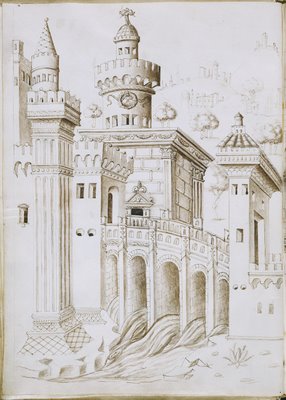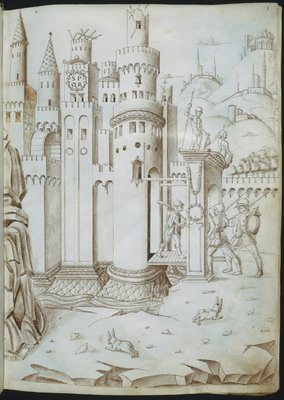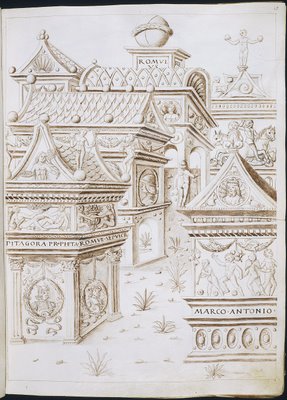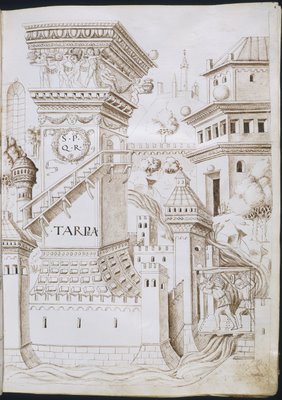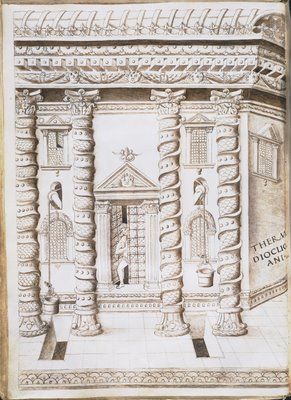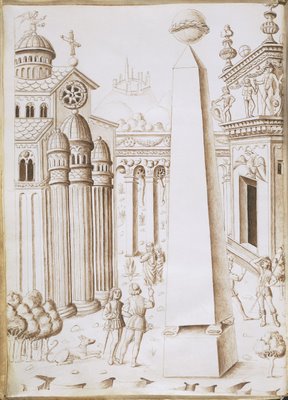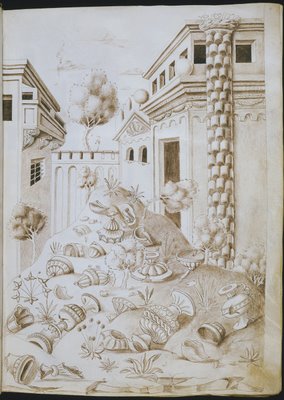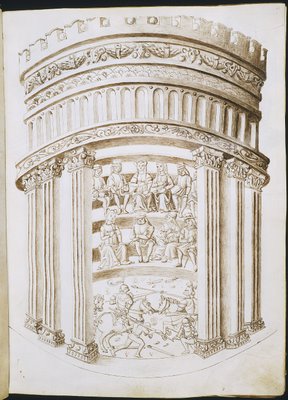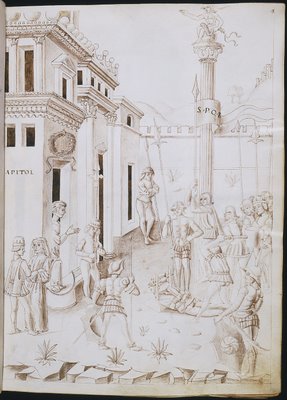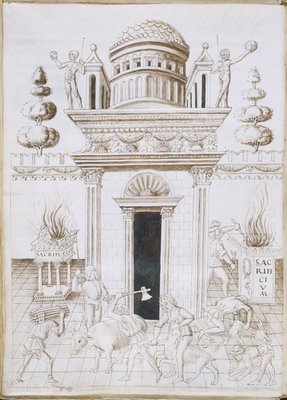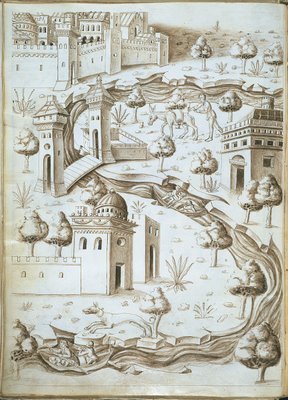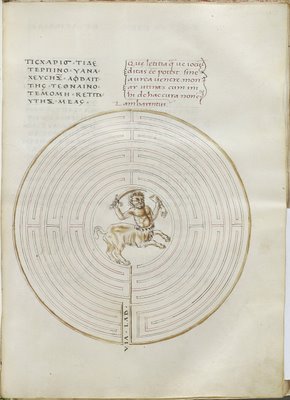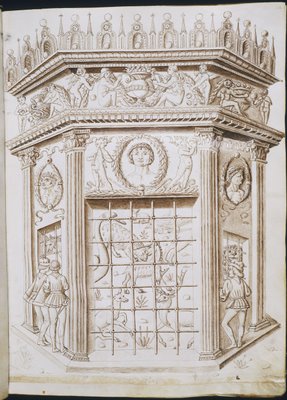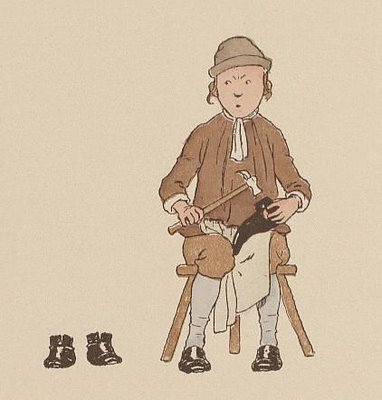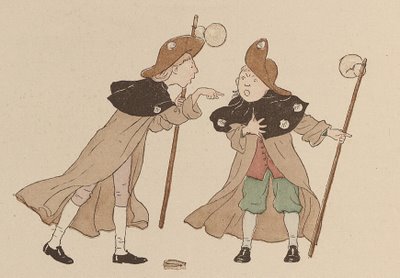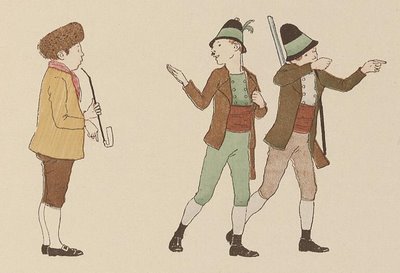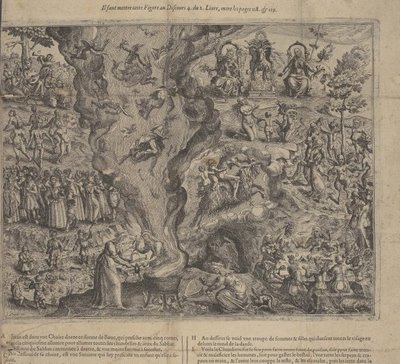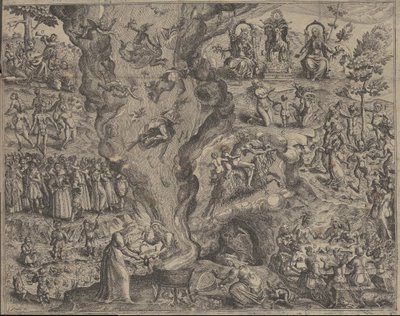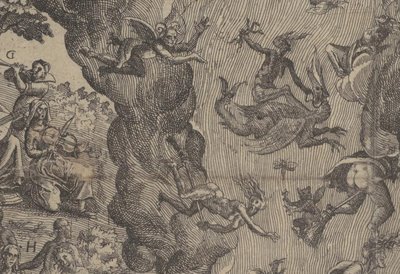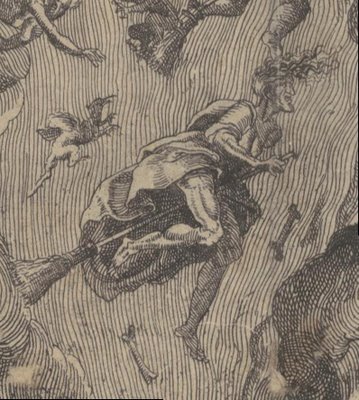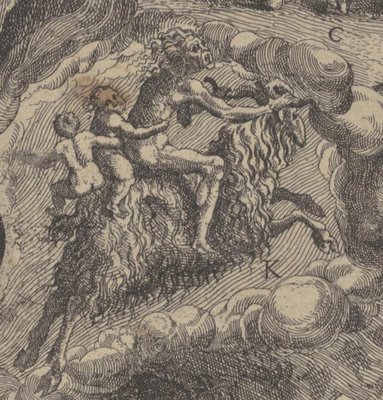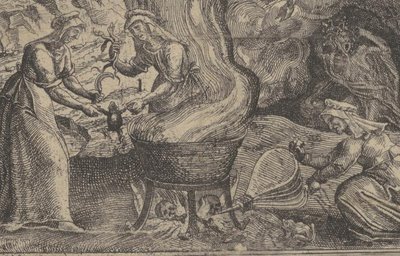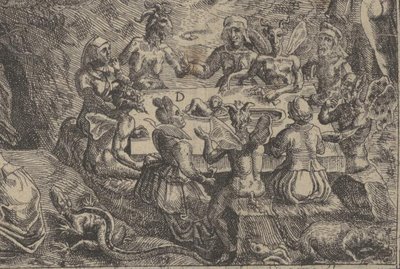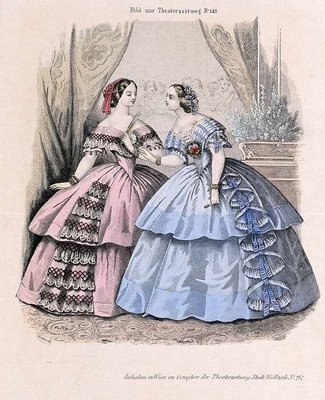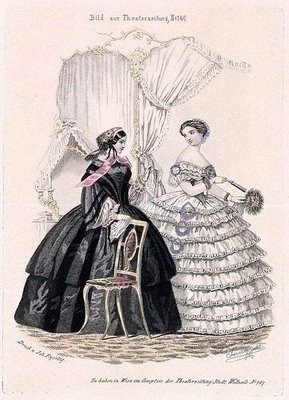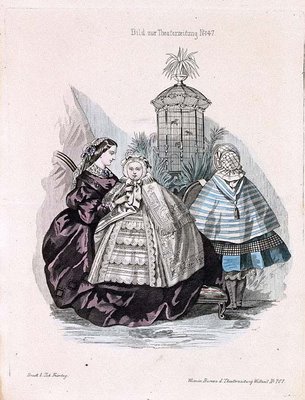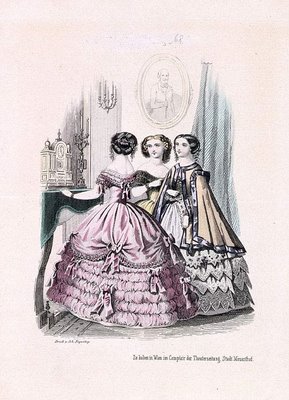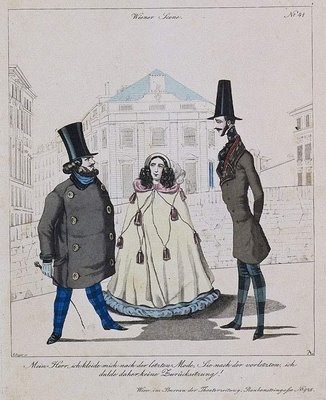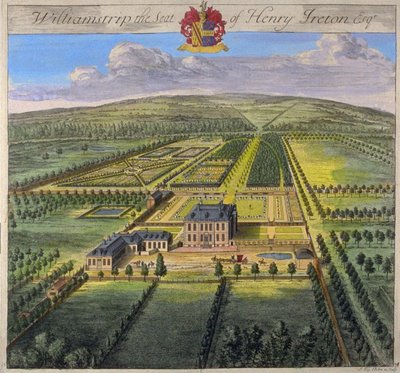
Williamstrip, the Seat of Henry Ireton, Esquire1
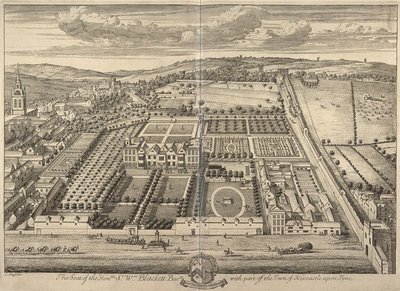
The Seat of the Honourable Sir William Blackett
with Part of the Town of Newcastle upon Tyne2
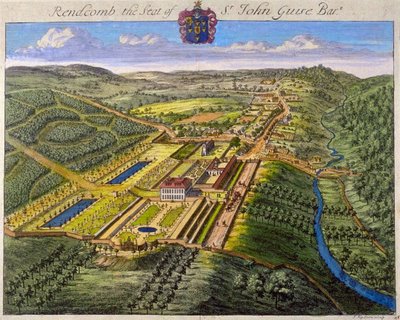
Rendcombe, the Seat of Sir John Guise Baronet1
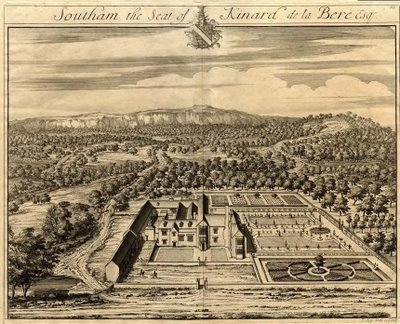
Southam, the Seat of Kinard de la Bere Esquire3
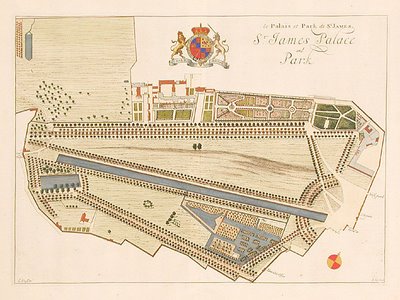
St James Palace Park4
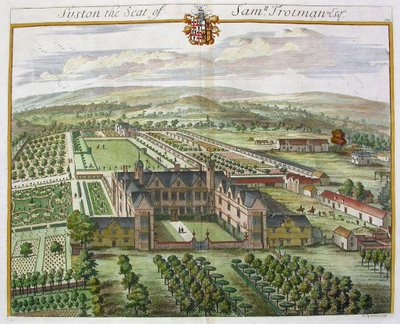
Syston the Seat of Samuell Trotman Esq.5
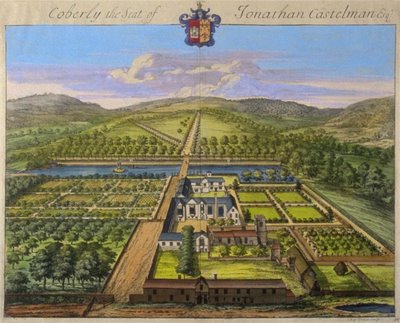
Coberly, the Seat of Jonathan Castelman, Esq.1,6

Seavenhampton, the Seat of Sir William Dodwell1
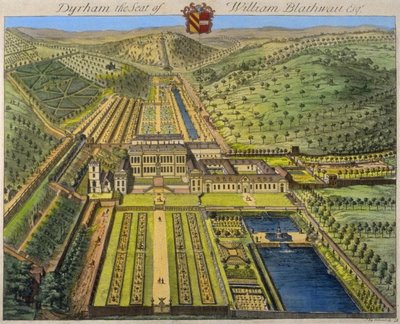
Dyrham, the Seat of William Balthwait, Esq.1
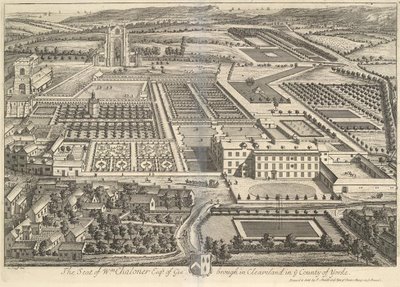
The Seat of William Chaloner Esq. of Gisborough
in Cleaveland in the County of Yorke2
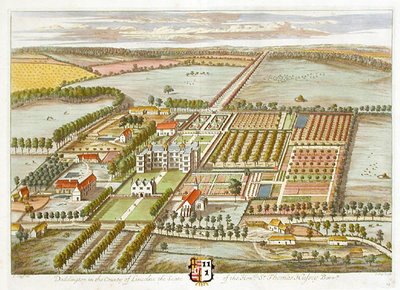
Doddington in the County of Lincolne, the Seate
of the Honble. Sr. Thomas Hussey Barrett4
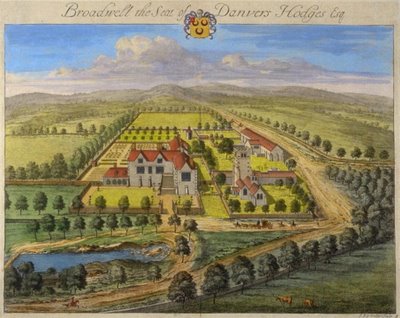
Broadwell, the Seat of Danvers Hodges, Esq.1
[click on the images to enlarge - almost all are a fair size]
1. The
Fine Arts Museum of San Francisco have 54 images, with about a dozen in colour [all the above selection from FAMSF are splices from the zoom interface of 6 to 8 screencaps]
2. The British Library's
Collect Britain website have about 3 or 4 images [search on 'kip'] - the watermarks were removed from the above examples.
3.
Fulltable have (at least)
one large image with high resolution details (always a slow load irrespective of your connection speed).
4.
Donald Head Antique Prints have 19 images, all in colour but modestly sized (click 'view pictures' at the bottom of each entry). [from the french publication - '
Nouveau Theatre de la Grande Bretagne: ou description exacte des palais de la Reine, et des Maisons les plus considerables des Seigneurs; des Gentilshommes de la Grande Bretagne.']
5.
Panteek Prints have 10 colour and 12 black and white prints in large size format (the image above had the watermark removed)
6. This particular image was spliced together from 8 screencaps using a demo version of the
Autostitch program
posted to
Metafilter yesterday. It requires no brain whatsoever and does a very good job. I think the end result is better when I do it myself but not by much. It's intended for creating panorama photo shots - 'the world's first fully automatic 2D image stitcher'.
Johannes (Jan) Kip and Leonard Knyff were both expatriate dutch artists who settled in Britain towards the end of the 17th century. They collaborated to produce one of the preeminent historical works on British topography, landscaping and architecture with the release in 1707 of '
Britannia Illustrata: Or Views of Several of the Queens Palaces, as Also of the Principal seats of the Nobility and Gentry of Great Britain, Curiously Engraven on 80 Copper Plates'.
Knyff orginally produced the imaginative and detailed bird's eye view pictures which were engraved by Kip, but Kip later took over both roles and is commonly cited as the author. In fact there are many contradictory reports about the number of illustrations and reprints, volume numbers and years of publication across the many eminent sites that mention their work. I get the feeling that the term "
Britannia Illustrata" came to encompass the many works of both book and printed art that were produced by Kypff/Kip or Kip alone; although it is clear that there were several distinct books released by Kip. Nothing online seems authoritative particularly, but the
wikipedia article gives some basic facts.
What is certain is that many of the houses and gardens have been changed dramatically, or destroyed completely and that Kip and Knyff's artwork provide a valuable early 18th century snapshot of the development of garden design.
All of the major commercial print sites have example Knyff/Kip work. The only other links I consider worth seeing are the
MetMuseum which shows how an engraving appears in the book format and this
'Eighteenth Century Garden History' site which I've posted
before.
